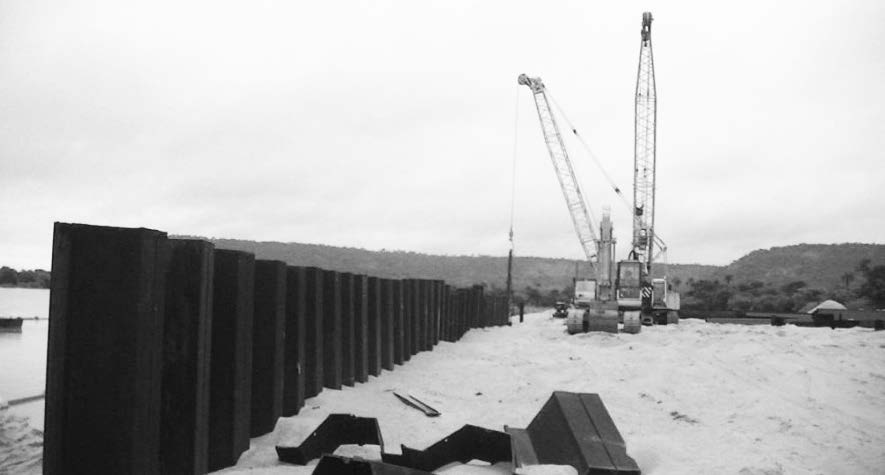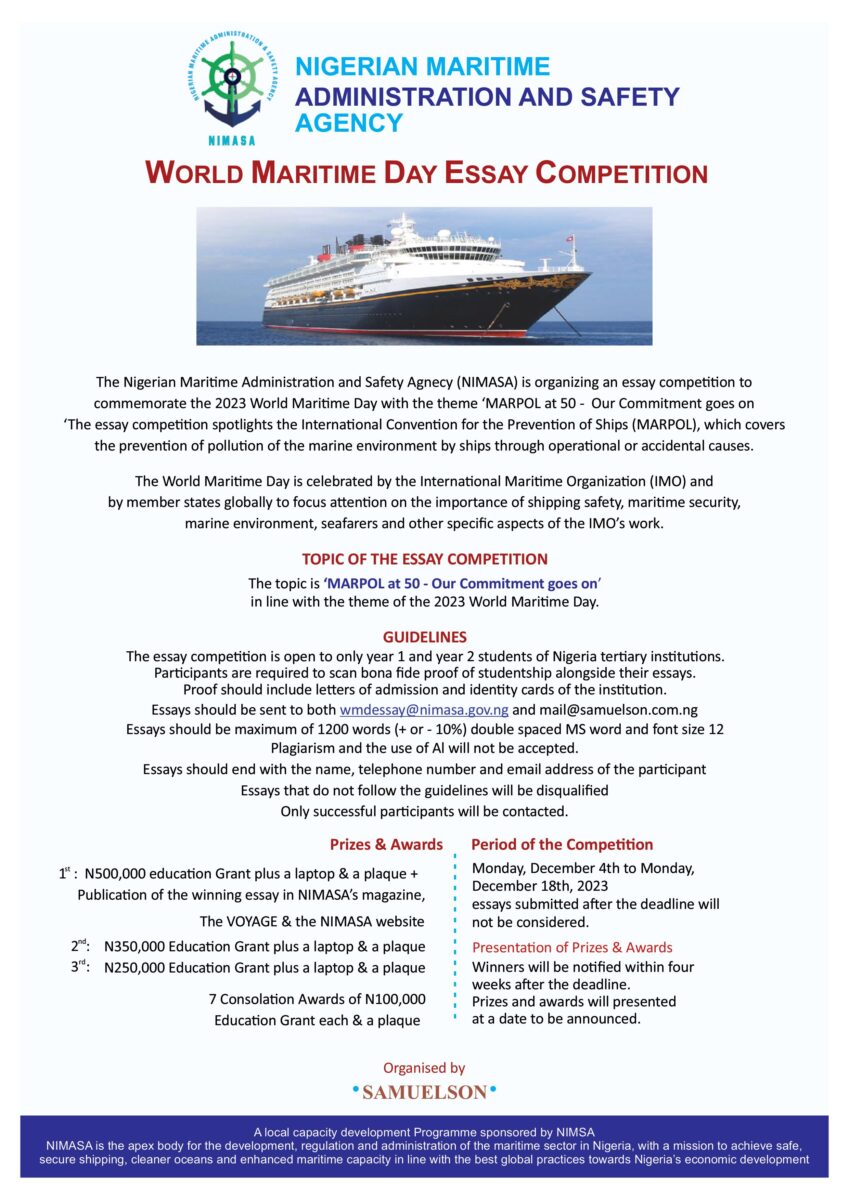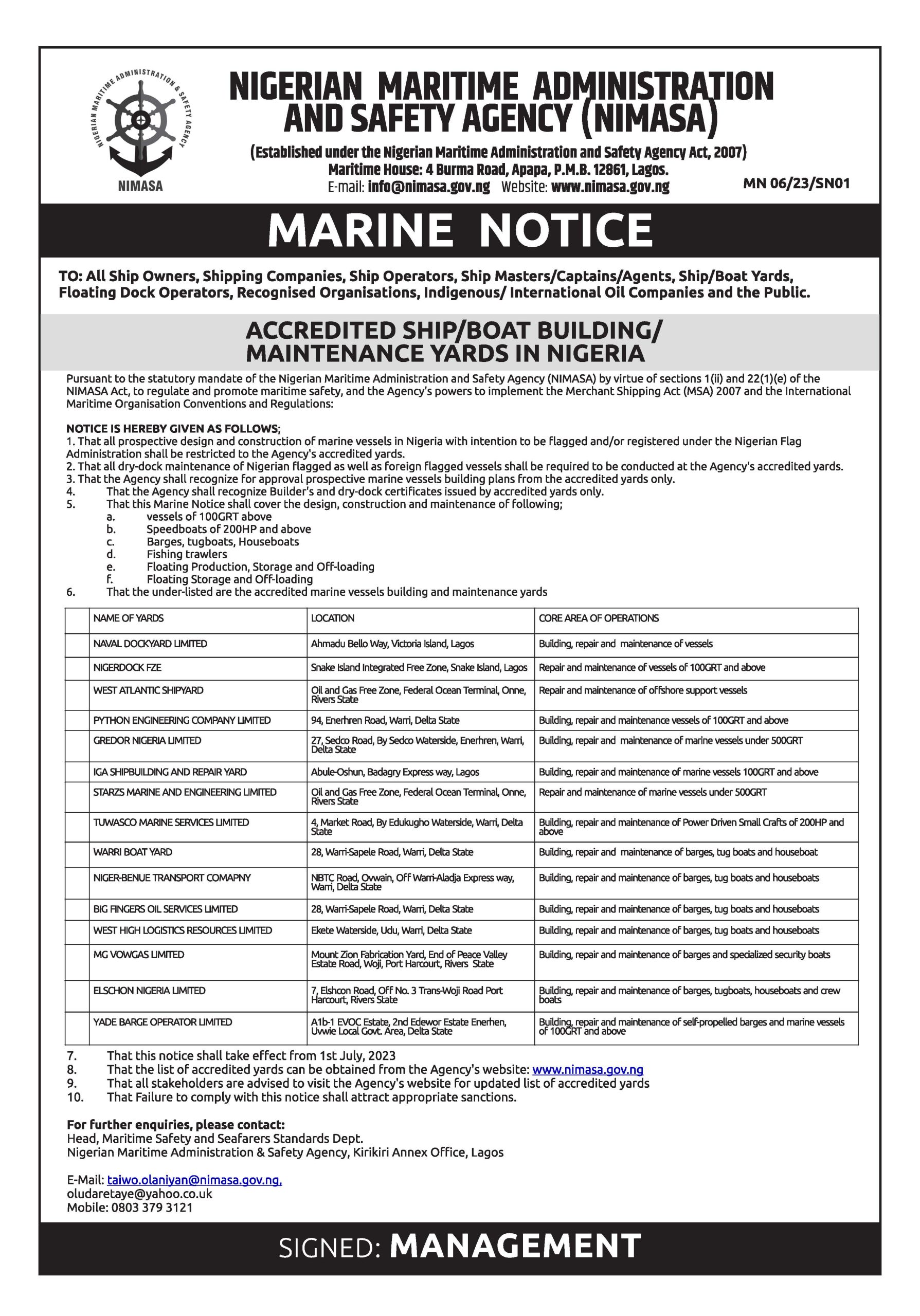-
Yar’Adua awarded N34.8bn contract in 2008
-
Figure reviewed upward to N43.3bn in 2009
-
Huge spendings not seen on ground
-
Dredging completed since 2011 – NIWA claims
By our correspondents
The River Niger is a major inland water in Nigeria with huge economic potentials to boost businesses across states on its banks and earn much needed revenue for the country.
It is strategically situated as a link between the north and south of Nigeria and offers means of transportation by ships and badges from the coastal states to the hinterland, as well as communication and commercial fishing activities.
In 2008 when the Federal Government under the late President Umaru Musa Yar’Adua decided to dredge the Niger, it was greeted with euphoria because of the economic benefits that portends for the country, aside serving to control perennial floodings that ravaged homes and farmlands including human casualties.
16 years down the line after Yar’Adua awarded the contract, not much is seen on ground to justify the billions of Naira of tax payers’ money committed into the projects, and no convincing defence or proof is coming from the relevant authorities on the whereabouts of the funds.
Nigeria is inherently blessed with abundant Rivers, creeks, Lagoons and inland waterways. The country is reputed to have hosted two most important rivers – Niger and Benue and many creeks, streams and waterways that spanned over 10,000kms across the country aside from the Atlantic Ocean.
These two rivers have been serving as the source of transportation for humans and cargoes and for communication purposes.
The rivers have also provided for economic and social livelihoods through fishing, farming and social activities to our forebears and even till date.
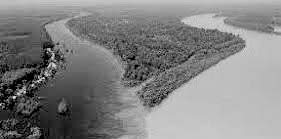
The traveling barges used the rivers to send messages and information to the people at the destination of their voyage.
The Rivers in their natural forms used to be navigable throughout the seasons, until the activities of man and natural phenomena of climate change took a toll on its volumes. The Rivers Niger and Benue then, were a beehive of activities as light ships, river liners, ferries and barges were seen plying their routes with heavy consignments of cargoes both manufactured and agricultural produce from the riverine areas to the hinterland, as far as to the Cameroon thereby enhancing commercial activities across borders.
The British conglomerates of John Holt and UAC during the colonial era, expanded their businesses through the inland waterways.
However, the activities of man through construction of housings, industries and agricultural productions have significantly affected its depth and diameter forcing it to shrink, creating unmitigated floodings that threaten the human existence on the corridor.
Just like many other nations that were affected by the displacement of rivers and oceans in their domains, and took decisive actions to reclaim the rivers to its lost glory and once again resume economic booms for the people, Nigeria also found itself in the web to find solutions to the ever shrinking inland waterways.
Although, efforts of the then British High Commissioner to Northern Protectorate, Sir Lord Lugard between 1909 – 1914 to dredge the rivers to free the zone from its landlocked state, was unsuccessful.
Even his successors up to 1950s did labour to dredge the Niger and Benue Rivers, albeit unsuccessfully.
However, in his determination to ensure the rivers become navigable again in all seasons and to forestall floodings that have brought unimaginable disasters to people living within the prone areas, the administration of Alhaji Musa Yar’ Adua on December 1, 2008 for the first time in the history of Nigeria, awarded the contract at the sum of N34.8bn to Fung Tai, Dredging International Ltd and others to dredge the lower Niger, from the Delta to Baro in Niger state.
Due to the high cost of diesel and other materials useful for the dredging, the project had to be reviewed upward to N43.3bn in September, 2009. His aim was to increase the depth of River Niger to enable seamless transportation of humans and cargoes in all seasons.
Although, the project could not be completed before his transition, his successor, Dr. Goodluck Ebele Jonathan carried on with the project.
The dredging was supposed to cut across 8 states – Delta, Bayelsa, Rivers, Imo, Anambra, Edo , Kogi and Niger states on a 572 km stretch.
Meanwhile, the initial projection for the completion was 2012 a period of three years. The project was divided into 5 lots with bifurcation of capital dredging works, maintenance dredging works, installation of navigational aids and community development work.
Unlike the Suez canal in Egypt that achieved total dredging, Nigerian authorities chose channel and maintenance dredging. Although the Government of President Jonathan had erroneously announced the completion of the project in 2014, it regrettably informed the citizens that the floods of 2012 had adversely affected the sustainability of the project.
From then, it was a ding dong for the eight years administration of Gen. Muhammad Buhari. The administration could not muster political will to complete the remaining aspects of the dredging. The maintenance dredging which could have solved the problem caused by the 2012 flooding was left untouched.
Also, the installation of navigational aids was equally stalled making it difficult for private operators to ply the dredged channels.
Also, the then minister of transportation, Rotimi Amaechi had said that the dredging of lower River Niger had been completed.
Ironically the Minister in 2021 , during his one day working visit to NIWA headquarters in Lokoja, told Journalists that the government had adopted a direct labour model as a best option. He prided himself as saying that with the direct labour option, the nation would save over N30bn from the direct labour model , a confirmation that , after all, all is not well with the dredging
However, the NIWA Authority noted that the organisation had fulfilled its mandate of capital dredging of the river between 2009 and 2011, adding that two years after, maintenance dredging was carried out, using in-house experts and materials to reduce cost.
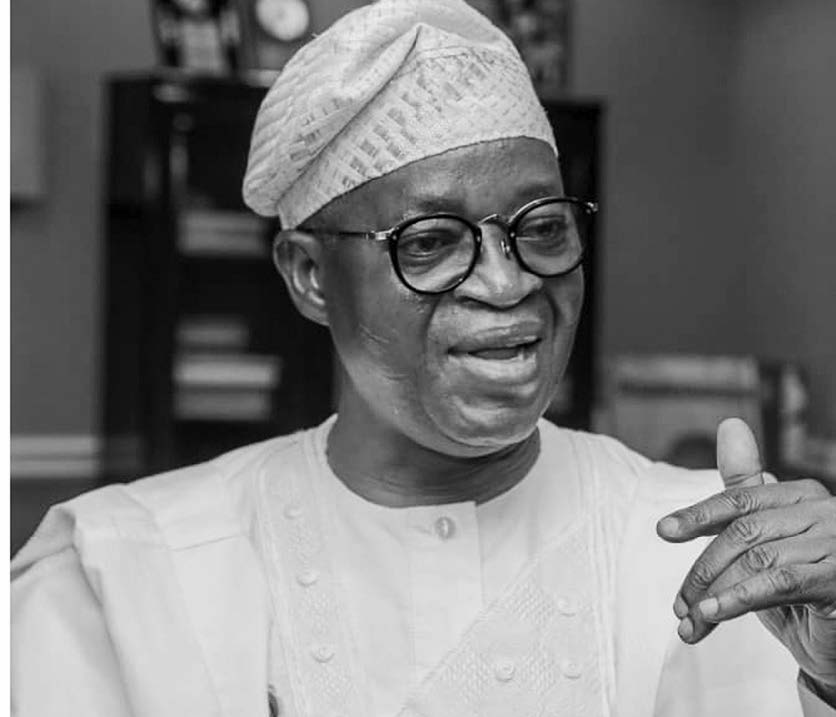
He said that in the course of the project, the water channel from Warri to Baro was made navigable for lawful activities, stressing that the river was made ready for investors to explore.
The bewildered nation applauded his ingenuity in cutting cost, however, almost a decade down the line, the Niger River is bereft of activities as no badges, liners or ships are found on the river hauling cargoes even during the rainy seasons.
The National Inland Waterways Authority (NIWA), the regulatory agency of waterways in the country, disclosed that more than 20 states in Nigeria were linked by traversable waterways an opportunity for boom in water transportation. According to the NIWA, waterways in the country include 12 major rivers, creeks, lagoons, lakes and intra-coastal waters, amounting to a passable distance of over 10,000kms. The Authority hinted that of the 10,000kms , only 3800 kms are accessible throughout seasons.
The NIWA also celebrated shortly after the completion of the dredging project in August 2011 when NINON, a marine transport company, moved 300 tonnes of tiles, equivalent to 20 trailer loads from Lokoja through the dredged lower River Niger channel to Onitsha in Anambra State.
However, the President of Nigeria Shippers Association Kogi state , Comrade Habu Suleiman has a mixed reaction. While agreeing with the Government that the dredging was completed, he blamed the the Nigerian Government for privatising the operations of the dredged River Niger.
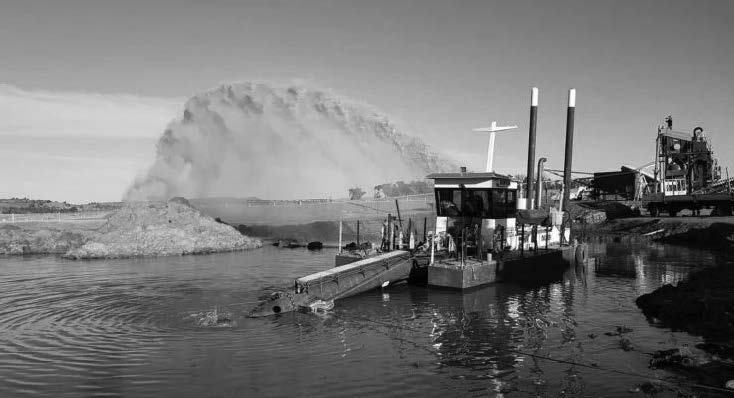
He said that during the rainy season, some boats and badges can ply the river, but, with heavy challenges since, the River has not been marked making it difficult for most users to appropriately navigate. It is only the staff of NIWA that knows the dredged channels, he said. The River was not put into use by the Authorities concerned, and it is when the business public sees that the river is functional that can bring in their investment
Uche Emeka an engineer who claimed to be into aquatic business in Itobe , Ofu Local Government Area of Kogi state , said the delay in full commencement of economic activities on the waterways after the said dredging, appeared to give credence that all seemed not to be well with the dredging project.
According to Emeka “We keep hearing that River Niger has been dredged, down to Warri, but how has that improved the traffic of vessels along that route, feigning ignorance that dredging has taken place.
A fiery Human rights activist, Abdul Idris Miliki said the project looked political.
Miliki, who is the Executive Director, Conscience for Human Rights and Conflict Resolution CHRCR , said, the whole hullabaloo beats his imagination that after all these years of acclaimed dredging of River Niger, nothing serious seems to be happening there. “They should tell us whether the dredging has become a white elephant project or not,” he said, adding that the entire project has been shrouded in mystery
To the industry players, the non functionality of the dredged Niger has created huge financial losses to them and insecurity of their lives and goods while transporting them by roads. They chorus that , it was when the industry grows, that there will be an increasing need for expanding ports and building new ports and waterways. If the Nation has sustained the dredging of River Niger and possibly extend to other rivers and the industry follows current global trends, the dredging market in Nigeria could contribute significantly to the GDP of the country, thereby creating massive employment for teeming youths


